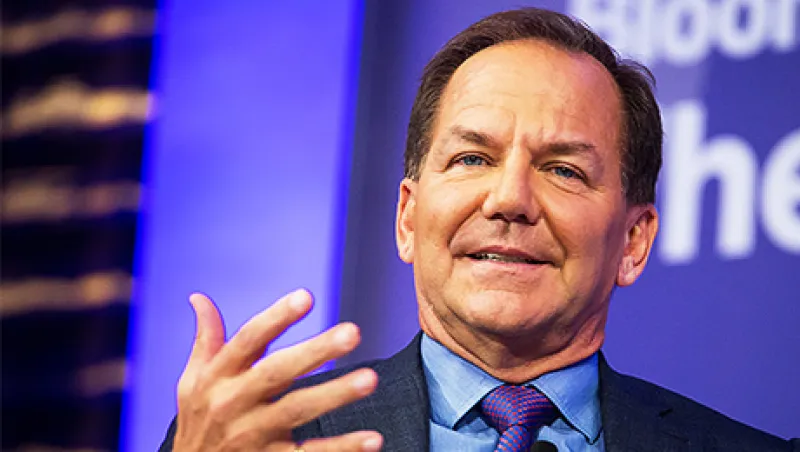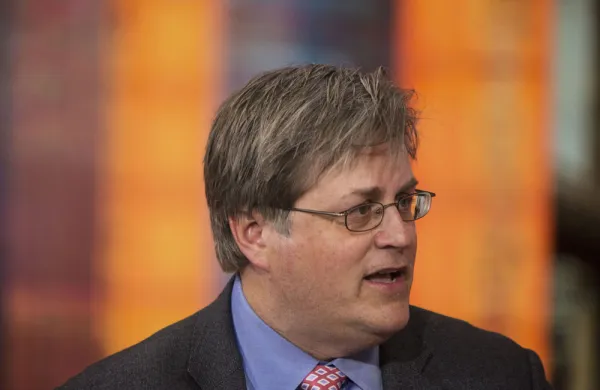Ted Caldwell, who began his hedge fund career by investing in Tiger Management in 1980, has had it with high fees. He blames them on large institutional investors paying hedge funds whatever they asked, making it impossible for smaller investors, like himself, to negotiate prudent terms.
Caldwell has been investing in hedge funds for well over three decades. His family began putting some of their own wealth into what were then private pools of capital for high-net-worth individuals in 1980, and in 1993 he formed his own fund-of-hedge funds firm near Lookout Mountain in Chattanooga, Tennessee. Caldwell knew the chances of hedge funds finding his new firm, Lookout Mountain Capital, were remote. So he began writing a newsletter about his experiences and views as a hedge fund investor.
That newsletter, Lookout Mountain Hedge Fund Review, gave Caldwell a following. Top hedge fund managers, including the protégés of Alfred Jones and many of the so-called Tiger Cubs who had earlier worked for Tiger Management’s Julian Robertson, found their way to Lookout Mountain. Caldwell retired the newsletter in 1996, but recently revived it. And he did so with one topic on his mind: hedge fund fees.
“It’s past time to replace today’s hedge fund fee standards with a prudent system that will continue to attract superior manager prospects, but afford superior fees to only those who deliver superior performance,” Caldwell wrote in his fourth quarter 2016 issue of Lookout Mountain Hedge Fund Review.
Many hedge fund investors agree with Caldwell’s assertion that hedge fund fees -- typically a 2 percent management fee and 20 percent performance fee -- are too high. For example, Teacher Retirement System of Texas and the Utah Retirement Systems, have been fighting for lower fees from their hedge fund managers. And Paul Tudor Jones late last month announced to investors that, after a year of lackluster results in his flagship fund, he is slashing his fees for the second time in less than two years. But far fewer investors will agree with Caldwell’s assessment of who is responsible for the current state of hedge fund fees: the investment consultants.
“I’m upset at the consultants,” says Caldwell. “Consultants have provided a lousy service to pension fund and other institutional investors” by encouraging them to pay high fees for funds not delivering true Alpha, he says.
Caldwell says that he’s been proposing his own fee model to hedge funds for the past 20 years. As described in his fourth quarter 2016 newsletter, Caldwell’s Superior Risk Adjusted Performance (SRAP) model would pay managers only for outperformance against a defined benchmark on a risk-adjusted basis. Under his model Caldwell pays up to 20 percent performance fee to managers, with the performance measured on a risk adjusted basis against a benchmark hurdle. If Caldwell chooses to -- and only if he chooses to -- he may pay managers an upfront performance fee, or what he calls a draw, of up to 2 percent, which they then have to pay back through the performance fee. If a manager is large enough to not need money upfront for operating costs, there would be no such fee at all.
While Caldwell has seen about six buyers for his SRAP approach, he says that “true” hedge funds, or long-short managers able to perform through up and down markets, already operate in such a way that produces the same outcome. That is, investors pay for alpha on a risk adjusted basis.
Many “great hedge fund managers” have drifted away from their original investing styles, according to Caldwell. They were “seduced by this new wave of derivatives investing” and macro investing, he says. “They were making a lot of bets they had not made in the early days, they moved away from true hedge funds.”
Jonathan Doolan, a principal with the asset management advisory firm Casey Quirk, agrees that considerable style drift in the hedge fund industry has contributed to the performance problems that have left many managers having to explain their value to investors. “Too many people got to market products called hedge funds that weren’t really hedge funds anymore,” he says. Doolan, however, believes that some of the largest, most established firms will not have to offer significant discounts despite industry-wide pressure to reduce fees.
Jonathan Koerner, head of implementation at hedge fund investment consulting firm Albourne Partners bristled at the suggestion that hedge-fund fees are largely the fault of consultants and their institutional investor clients. Institutional investors didn’t get “a seat at the table,” until after 2008, says Koerner. Working with the $134 billion Texas Teachers Retirement System, he has proposed a “1 or 30 fee model,” which is receiving widespread industry interest. The structure gives managers a one percent management fee or a thirty percent performance fee, applied to the returns above an appropriate performance benchmark. The one percent management fee is paid back through a discount in the performance fee.
Since 2008, Koerner says managers have mainly taken a “divide-and-conquer” approach, working with investors one at a time and “solving nothing at an industry level.” Only recently have investors joined “together with a more unified voice,” says Koerner, who sees them coalescing behind some variation of his 1 or 30 approach. The approach is designed to ensure asset managers still make enough money during tough times to keep the lights on, but that investors retain 70 percent of the economics on a risk and performance adjusted basis.
Caldwell, however, thinks that the 70/30 split is still way too generous.
“To go from 20 to 30 percent is simply giving managers a 50 percent raise,” he says. “It’s consultants coming up with a dumb idea and it’s another way for pension funds to pay too much in fees.”






